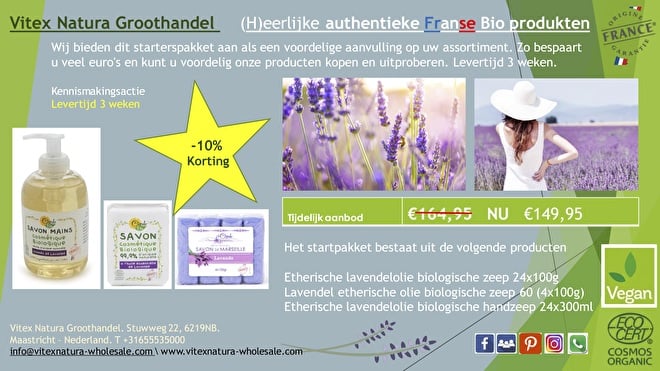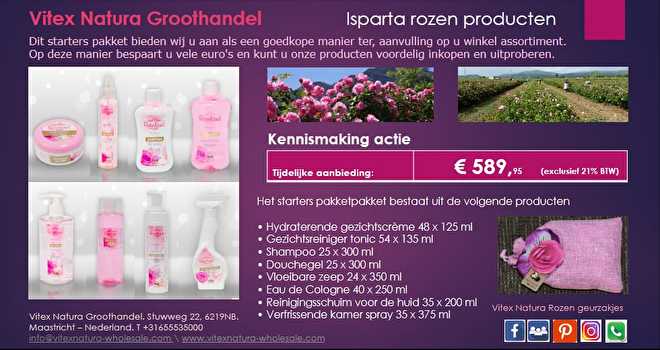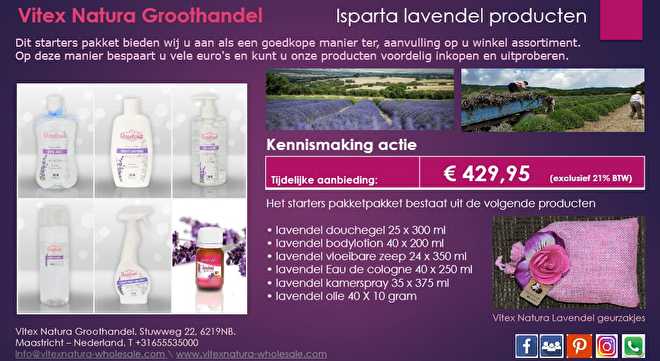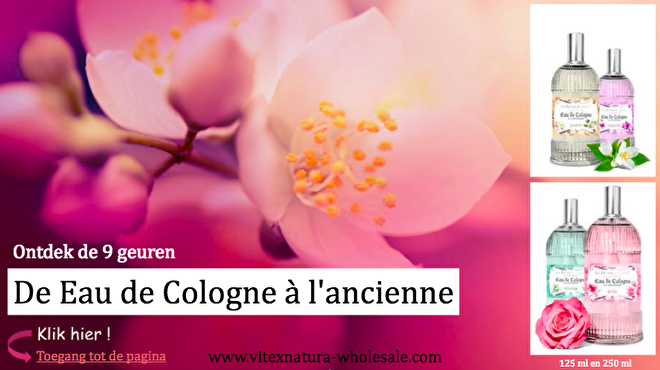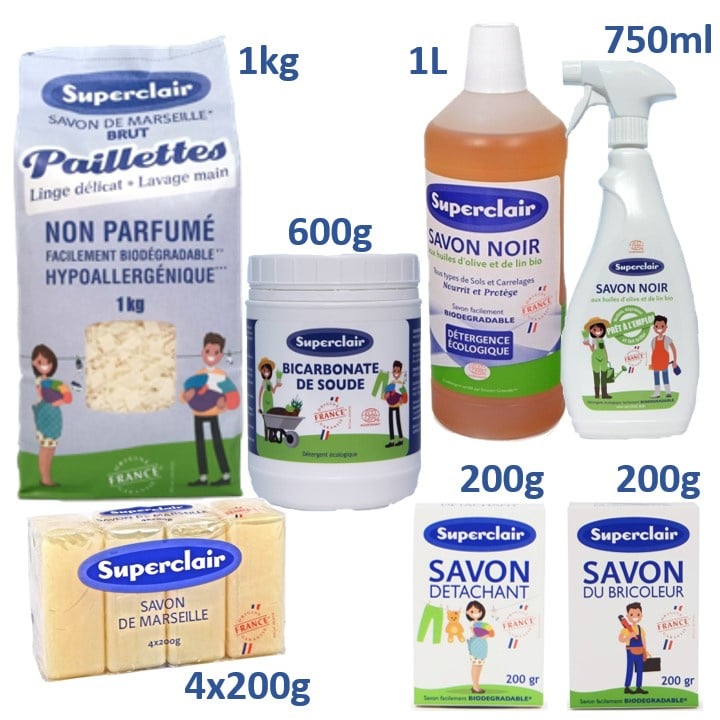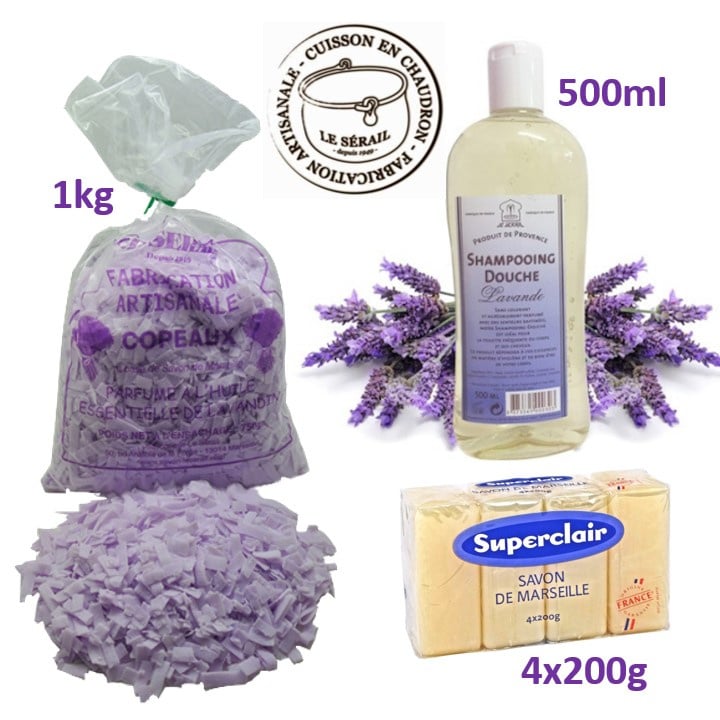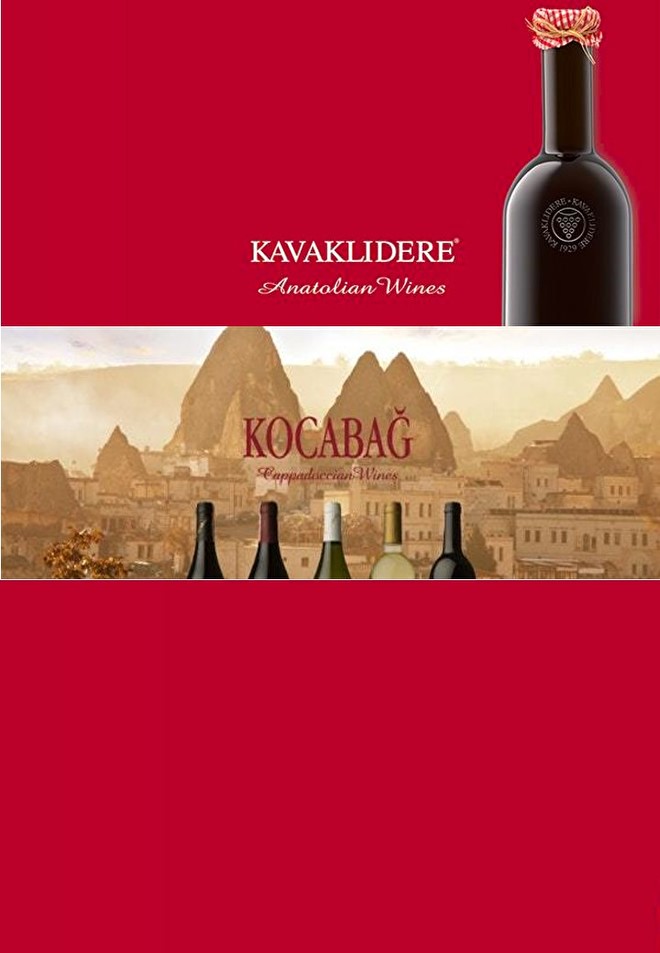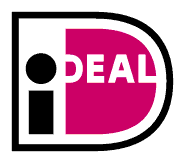Info: Facts about soap, ingredients, components

Soap is a passion and a livelihood. We would like to clear up some myths here and also educate you about the mysteries of soap!
What are the different components of soap?
Soap is a cleaning agent made by the interaction of oils and fats [acids] with an alkali [sodium hydroxide] to produce a sturdy stick. Oils and fats for soap are compounds of glycerine and natural fatty acids [generally, fatty acids refer to any compound derived from the breakdown of fats]. When oils are mixed with a base, they form glycerine and the sodium salts of the fatty acids. Therefore, in theory, all soap should have natural glycerin content [although some major soap manufacturers remove this substance and sell it separately]. Many natural soaps have the glycerin content intact, this wonderful substance is a natural humectant and draws moisture from the air, leaving the skin soft and supple.
Many different oils, fats and butters are used in the manufacture of soaps that contain different beneficial fatty acids, for example,
- olive oil mainly contains oleic acid which produces small, mild and creamy bubbles;
- coconut oil contains almost 50% lauric acid which makes large, greasy, open, airy bubbles and sunflower contains mainly linoleic acid which produces large, open conditioning bubbles. So the soap maker's skill comes into practice with combining different oils and fats in the right dilutions that are used to produce the best foam possible, but keep the soap mild and soft - leaving a wonderfully soothing feeling on the skin. left behind [and not squeaky clean, sleek, and rough to the touch like some soaps].
Soap removes grease and dirt from the skin because some of its components are surfactants (surfactants). Surfactants have a molecular structure that acts as a link between water and dirt. This releases dirt particles, musty make-up, grease, etc. from the skin. One end of the molecule is hydrophilic (attracted to water) and the other is hydrophobic (attracted to substances that are not soluble in water).
So soap is a very effective cleaner, but it is much more! Some of the ingredients you see in many popular soaps do not have any beneficial effect on the skin. They can even cause problems for many users, such as allergies, eg Perfume - you will see this on the list of most soap ingredients. This is a chemical fragrance that is a man-made cocktail of chemicals, simply an aroma that has no therapeutic properties and can be toxic and irritating to many skin types. In fact, more than 70% of women claim to suffer from sensitive skin at some point for a variety of reasons.
Therefore, the most important thing in soaps is that they contain NO artificial, chemical fragrances, only aromatherapy-grade essential oils that have beneficial therapeutic properties for the skin. In fact, all essential oils have a mild antiseptic effect and many are corrective for various skin problems, especially when there is an imbalance ie too dry or too greasy. By using a generous, effective dilution of professionally blended essential oils in many products that not only smell great but also have a positive, therapeutic effect on the skin. You will see and feel a huge difference when using natural cold process soap compared to mass commercial products.
Soap for perfect beauty
These are the ingredients of a famous "soap" bar that, he claims, has a moisturizing effect.
- White Beauty Bar
- Sodium Cocoyl Isethionate - laundry detergent.
- Stearic acid - wax.
- Coconut acid - coconut fatty acid.
- Sodium Tallowate - animal fat.
- Water.
- Sodium isethionate - laundry detergent.
- Sodium Stearate - a white powder derived from vegetable fat commonly used in soaps and cosmetics. It can also be used as a waterproofing and gelling agent. Sodium stearate is also often used as a cheap stabilizer in plastics. A possible allergen.
- Cocamidopropyl Betaine - laundry detergent.
- Sodium Cocoate or Sodium Palm Kernelate - coconut or palm kernel oil.
- Fragrance - chemical aroma, a possible allergen.
- Sodium chloride - salt, used as a thickener.
- Tetrasodium etidronate - a chemical used as a water softener in soap to prevent soap scum.
- Tetrasodium EDTA - a synthetic preservative that can be irritating to the body
- eyes / mucous membranes.
- BHT - a solid white crystalline antioxidant that can be toxic to the kidneys
- Titanium dioxide (CI 77891) - white coloring.
But this is NOT a natural soap, as you can see, it mainly contains chemical detergents, animal fat [yuk, who wants to wash with lard?], Synthetic fragrances and preservatives.
Also, so many companies offer these types of bars and call their soap natural, but of course, it is not. The correctly formulated soap has a delicious, abundant lather, no need to fortify the lather with chemicals.
These are the two commonly used ingredients in these synthetic detergent bars:
- Propylene glycol - a petrochemical
- Sodium Lauryl Sulphate, Sodium Laureth Sulphate - aggressive cleaning agents
Or an example of natural soap ingredients:
- Extra virgin olive oil
- Virgin coconut oil
- Organic fair trade raw shea butter and cocoa butter
- sunflower oil
- Castor oil
- Spring water
- Aromatherapy essential oils
- Fresh fruits and vegetables
- Organic botanical products
- Natural plant colors and clays
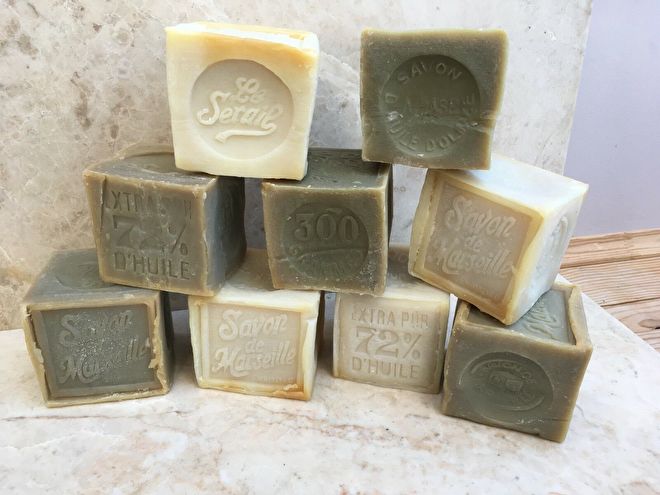
WHICH WOULD YOU RATHER USE?!
When oils are mixed with the alkali [also called lye], a process called saponification takes place. Oils are composed of fatty acids, as mentioned before, they need a certain amount of alkali to saponify them, or turn them into soap. This is a critical part of soap making and when formulated correctly and professionally NO lye will remain in the finished soap.
"Superfat" soaps. This means that there are oils or fats left in the soap that has not been converted by the lye to keep grease/oil in its original form, forming an invisible, protective, and nourishing layer on the skin. The purpose of making the soap extra greasy is to give it this more "moisturizing" quality, making it more gentle on the skin.
When reading the INCI (International Nomenclature of Cosmetic Ingredients) which is a legal requirement for all cosmetic products, it is difficult for the person who is not in this industry or who does not manufacture personal care products to understand the meaning of this labeling.
It is a system devised for waxes, oils, pigments, chemicals, and other ingredients of soaps, toiletries, and cosmetics based on scientific and Latin names of ingredients, e.g.
When olive oil is saponified, it is called:
- Sodium Olivate.
When coconut oil is saponified, it is called:
- Sodium cocoate.
When shea butter is saponified, it is called:
- Sodium Sheabutterate.
When castor oil is saponified, it is called:
- Sodium castorate or sodium ricinoleate.
When sunflower oil is saponified, it is called:
- Sodium sunflowerate.
When palm oil is saponified, it is called:
- Sodium palmate.
When animal fat is saponified, it is called:
- Sodium Talcate.
It is a fact.
Natural soaps not only smell great, they are also very good for your skin. You will see a marked improvement in the quality and texture of your skin if you use a natural soap instead of a synthetic detergent counterpart.
Shopping cart





